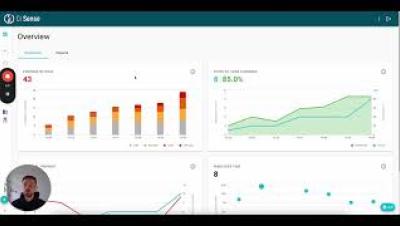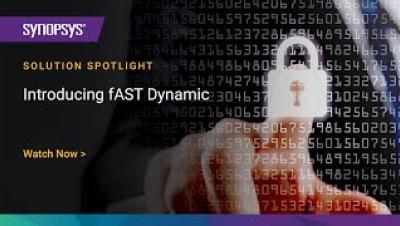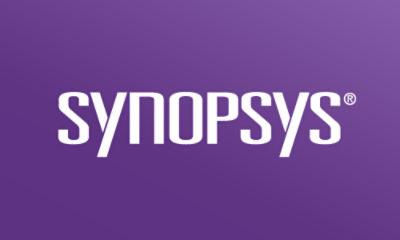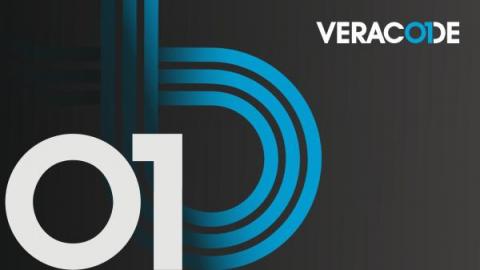Demo: Code Intelligence's Fuzz Testing Platform. C/C++ example.
Sergej Dechand, Code Intelligence's CEO, demonstrates how developers can submit new code, which is automatically tested and analyzed for security issues. Sergej explains the process of running tests, assessing findings, and integrating with ticketing systems. You'll also see how to measure code coverage and download reports. It includes all the mentioned use cases with simulating hardware and autogenerated fuzz test setup..











